
x
Contents
Home
Home
Home
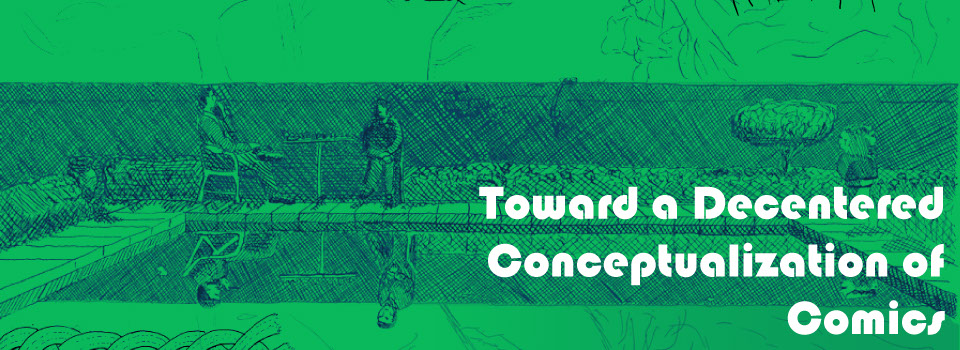
Opposition and Difference:
Toward a Critical Poetry
The final chapter of Lyotard’s Discourse, Figure outlines a theory of critical poetry that can be applied to comics and alt-scholarship. He performs an extensive reading of a few pages from Michel Butor’s Illustrations, an experimental book of poetry that plays extensively with typography. Lyotard selects a few pages of text arranged in complex typographical forms, which act as “illustrations” of another work: Butor’s article from Réalitiés magazine, “The Call of the Rockies.” In the original magazine piece, Butor’s text is juxtaposed with nature photographs by Ansel Adams and Edward Weston across double-page spreads. One such spread features a stirring photograph of Yosemite Valley drenched in winter clouds and fog. The photograph, likely taken from valley view, shows the quintessential Yosemite view: El Capitan on the left and Half Dome on the right (invisible behind the clouds), with the valley carving its way between them. Butor’s text runs down the margin of the photo: one section of free verse inspired by the photo and a short paragraph about Yosemite that resembles the writing in a typical tourist brochure. Another page features a photograph of the Snake River and the Tetons bordered by a small piece of brochure work and a prose piece about the various pioneers first reaching the area. Lyotard divides these various textual pieces into A (brochure copy), B (poem), and C (prose).
Butor’s piece from Illustrations attempts to achieve the effects of the images by purely textual means. It takes the original text of the article and disperses it across several pages. The images are gone, as is text A (which is, in a sense, too descriptive, too discursive). Text C proceeds in two lines across the top and bottom of the page. Text B is reproduced several times across the page in a variety of types. Different iterations of B intersect with each other across successive pages.
What Lyotard sees happening here is text becoming figural. Butor’s text mimics Adams's and Weston’s photographs, but not through a visual mimesis. In other words, the text does not look like the photographs. Instead, the text attempts to achieve a similar effect as the absent photographs. Butor rejected calligrams as poor approximations of visuality, which Lyotard construes as an interdiction: “do not confuse line and letter” (371).* Instead, Butor’s textual “illustrations” work through negative space and repetition, functions that are typically visual.
Traditional text also uses negative space, but only as opposition. The background color on this page is effective only to the degree that it opposes the foregrounded text color. Blue on blue is not effective document design.
Butor’s text uses the negative space as a plastic space across which to carve meaning and affect. This is the poetic reversal of the phantasy: “The blanks no longer simply oppose (or give contrast to) what they keep apart, they differ it” (Discourse, Figure 373; italics in original).
Lyotard tells us that this is a double reversal. The first reversal concerns the relationship between seen and said: “The reversal we are dealing with is not the inversion of two objects in a homogenous space, but rather the transformation of a mutually exclusive relation between two heterogeneous spaces into a relation where they commingle to form an unstable volume, hesitating between the two original spaces" (374).
And this is what comics do as well. To the untrained eye, it is easy to consider comics to be words and pictures. As we discover elsewhere, their relationship is much more complex than that. In comics images approach readability and text becomes visual.
The second reversal is critical art’s reversal of the dream. “The phantasy produces opposition with difference; the poetic remakes difference with opposition” (361). In the dream we move from difference (unconscious asignification) to opposition (conscious signification) through four stages of the dreamwork.
We do this in our everyday lives as well. As we look around at the world, we attempt to read it, to fill its figural gaps with discourse. This is the phantasy, producing systematic opposition to square away messy difference. The poetic reverses this process, taking opposition and producing difference. The figural returns but not in any way that resembles its origins. In fact, it resembles its origins only in that it lacks resemblance.
In certain circumstances, poetry can be made to reflect this poetic work: “There is, I am arguing, a ‘mirror’ in Mallarme’s Un coup de dés, where signified and signifier reflect one another. But this reflection is not a true reflection; one must call it hyper-reflection” (377). Gasché traces Lyotard’s use of the term hyper-reflection through Merleau-Ponty (“Deconstruction” 186-89). For Merleau-Ponty, hyper-reflection is the space of philosophy in which we reflect on reflection—a hall of mirrors whose only message seems to be that there is no way out. This does not mean that meaning is impossible or that anything can mean anything else. Such simplistic readings do not do these thinkers justice. Instead, it means meaning is never final. We can never see it all because there is no reflective position outside the mirrored hallway. Hyper-reflection is this impossible attempt, thwarted before it begins.
Critical poetry like Mallarme’s shows us the hallway, and something more.
All artwork as “critical poem” re-creates, through this combination of two heterogeneous spaces, the difference that the phantasy blocks and flattens into opposition and repetition, that is, into symptom, and incorporates this difference into itself, in its internal space. This is why the artwork is critical: it deconstructs a given “good form”; and it is placed in two heterogeneous expanses. (Discourse, Figure 377)
Critical poetry consists of a juxtaposition of heterogeneous spaces, like comics. Comics can be defined as the juxtaposition of image and text. To this we can add that they are also the reversal of image and text (legible images and visible texts). Perhaps the cleanest definition (or most thorough decentering), then, would be the transgression of image by text and vice-versa.
Comics form provides a form of analysis applicable to all critical poetry and therefore to works of post-criticism. As the Heterotopia nexus shows, in comics these heterogeneous spaces refuse to stay put. Image becomes text and text image. With all this complexity, it is strange that comics are so easy to read. The work of synthesis between image and text that we call reading comics is never finished and always tentative. Lyotard’s figural isn’t the image space. It’s the resistance to synthesis. It is transgression. It is death.
And this is Lyotard’s strangest claim. The figural is motivated by the death drive. Part of me would like to ignore this claim. I didn’t have to mention it, did I? It resists me. Why would I want to be in league with death? Luckily, Lyotard assures me, the death drive “is not in league with anything, it is a free agent” (355).
Lifetime is a child at play, moving pieces in a game; kingship belongs to the child.
(Heraclitus, Fragment 52)
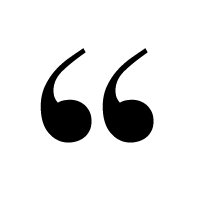
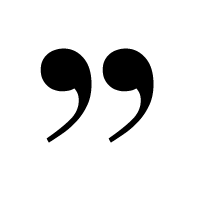
a„ën pa‹j ™sti pa…zwn, pesseÚwn:
paidÕj `h basilh…h.
(Heraclitus, Fragment 52)
Ansel Adams The Tetons and the Snake River (1942) Grand Teton National Park, Wyoming. National Archives and Records Administration, Records of the National Park Service.
Ansel Adams Yosemite Valley, Summer (1942).
Double reversal: same scene, but from the reverse angle and with the author and his family in the image (left to right: Ben Helms, Austin Helms, Clyde Helms, Jason Helms). If you look carefully, you can seem Adams' ghost in the background. Yosemite Valley, Summer (2009). Photo by the author and a helpful rock.
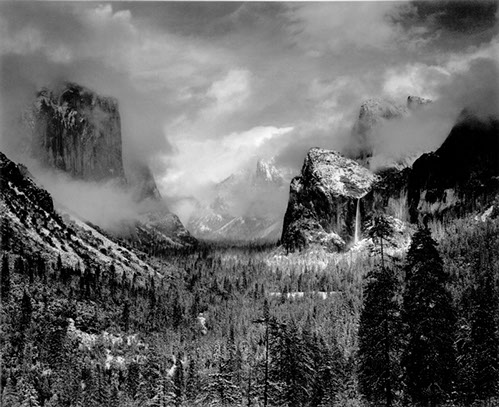

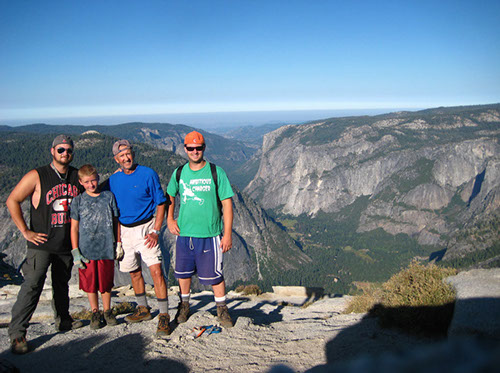
*Later, Lyotard will nuance this point further by making arguments that seem to join line and letter a bit more closely
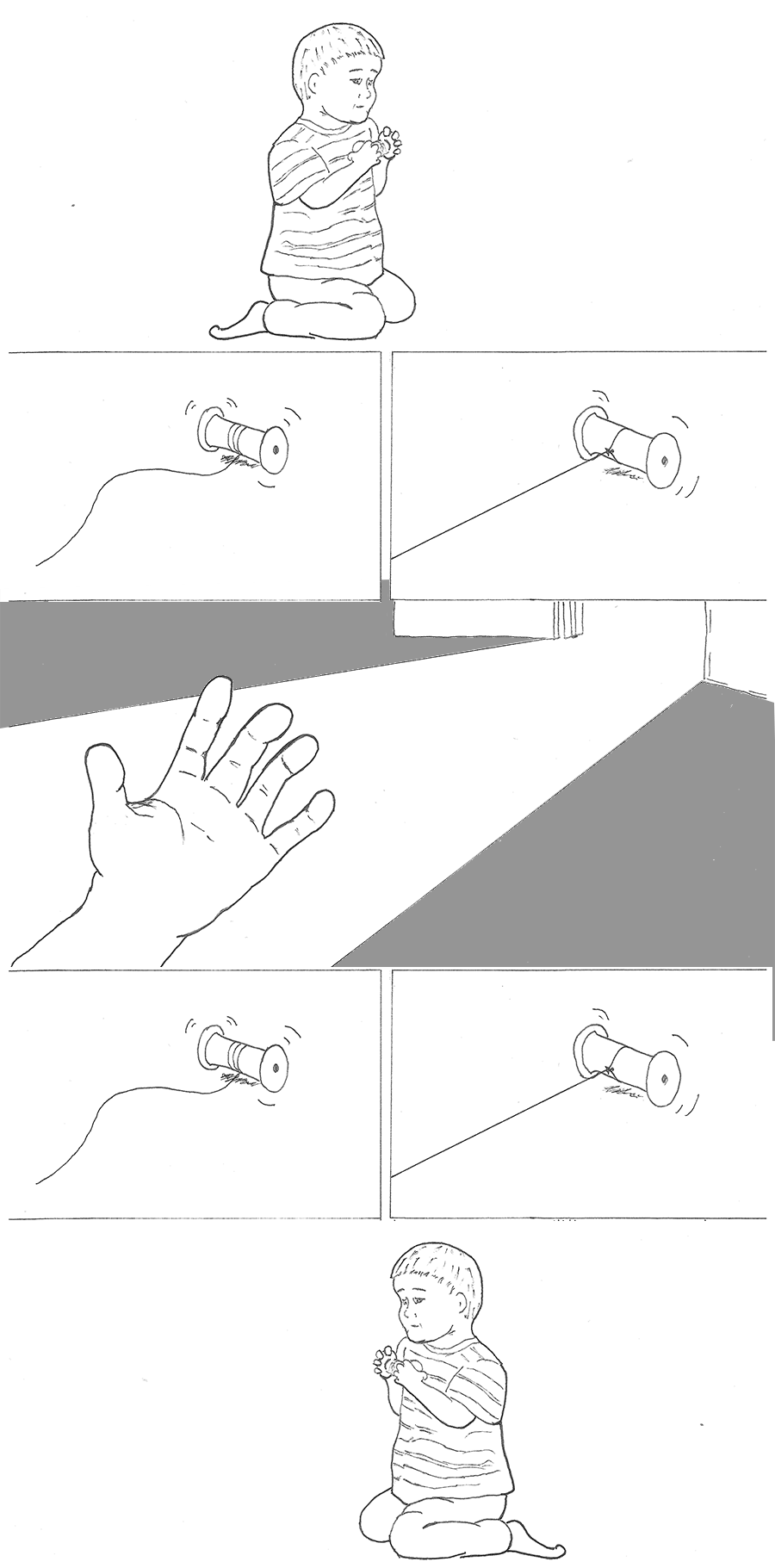
He wants to control his mother.
He rolls it away.
I can bring it back.
I'm in control.
He rolls the string away,
A child is on the floor, playing with a spool.
"Fort!"
"Fort!"
He pulls it back.
She leaves him, she returns, she leaves, will she return?
He* allows the spool to roll out of sight, still holding onto the string, “fort.”
He pulls it back toward him, “da.”
I did that, he thinks to himself.
It all makes sense.
He loves her.
He needs her.
She will return.
*The masculine pronouns reflect Freud’s language
"Da!"
And the death drive laughs.
We want clarity. We want the world to make sense. It resists us. This resistance corresponds to the death drive: “It is the ‘re-‘ of return or of repetition, but in the sense of rejection, not of returning. It is not the play, but the un-play, the impediment, dis-placement. The digression that is present in regression” (355; translation modified). In the endless back and forth of fort and da, “The death drive sustains this oscillation” (354). It allows for the game, but it is not the game. It is an un-game.
We set up the rules of the game so that we don’t have to see it. We want to read the world, and never to see it, because sight always surprises us with its distance and density. This is why Lyotard must reject Lacan’s unconscious as language: “If the ‘letter’ of desire were merely a letter, death would be excluded from it and for that very reason desire would be readable because it would be totally contained within the stable network of meaning and representation” (353; italics in original). But it’s not readable, and it’s not totally contained, and it’s not stable.
And this is where I have to disagree with Gasché (who of course knows a great deal more than I do about reflection). Gasché writes, “The space of inscription of reflexivity that Lyotard calls the figural corresponds to what for Derrida is the text” (“Deconstruction” 189). But Lyotard opens his book by declaring that the given is not a text! Lyotard thinks this distinction is important, but Gasché glosses over it. The difference, the density, the distance inherent in the given is produced by the death drive, by figurality: “Now we understand that the principle of figurality that is also the principle of unbinding (the baffle) [dé-jeu] is the death drive: ‘the absolute of anti-synthesis’: Utopia” (355). Where is it? Nowhere. If there is an outside-text, it is in the figural, the death drive, the force that causes oscillation between clarity and reflection, and it cannot be circumscribed into our system. We must point outward at it. And this is the task of critical poetry.
Critical poetry is a memento mori. We see the two fine-dressed men here. It’s all quite nice. I can analyze them and critique them, no problem. “Da,” cries the boy. Then, I walk out of the room, thinking to myself smugly, “fort.” And then, out of the corner of my eye, I’m shocked to see a skull, transgressing the picture plane, see it only over my shoulder as I try to leave. “You have no control,” it seems to say. “Play your game. I’ll be here when you’re done.”
Critical poetry employs the unconscious to remind us that clarity is a myth: “The search for a strong ‘binding’ by the conscious is already in itself the result of a defense against the deconstructing pressure that the unconscious exerts on the bound system” (381). The figural opposes the desire for clarity and initiates an oscillation between through and at, the same word Richard Lanham uses: oscillatio.
Critical poetry sets up a defunct transition object. It is the spool that fails in its return. In one of the eeriest moments of the first season of American Horror Story, an uncanny transition object announces the presence of death. One of the house’s current occupants begins to realize its former occupants are still there when a small red ball rolls out of the darkness of the attic to stop at her feet. Someone wants to play.
And this is what Lyotard’s critical poetry does. I will return to Lyotard throughout this project, but for now I want to mark the project itself as a critical poem, or as Gregory Ulmer would call it, a post-critical comic.
Hans Holbein the Younger. The Ambassadors.
Visual Illiteracy: Toward ❱
a Post-Critical Comics
❰ The Given Is
Not a Text

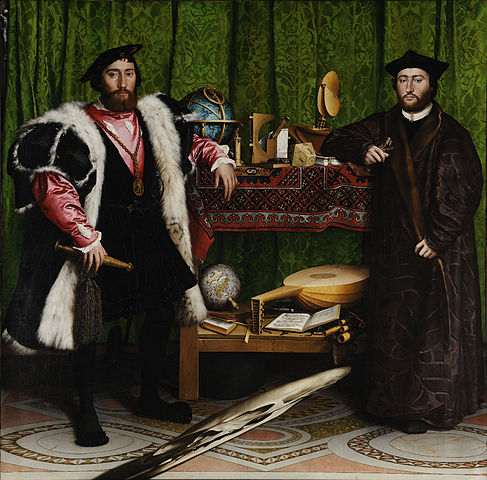
"Elle est le re- du retour ou de la repetition, mais au sens du rejeter, non du revenir. Elle n'est pas le jeu, mais le dé-jeu, ce quis déjoue; le dé-placement. La digression qui est dans la regression."
The world only makes sense when you force it to.
—Batman
(Miller, Batman: The
Dark Knight Returns 192)


